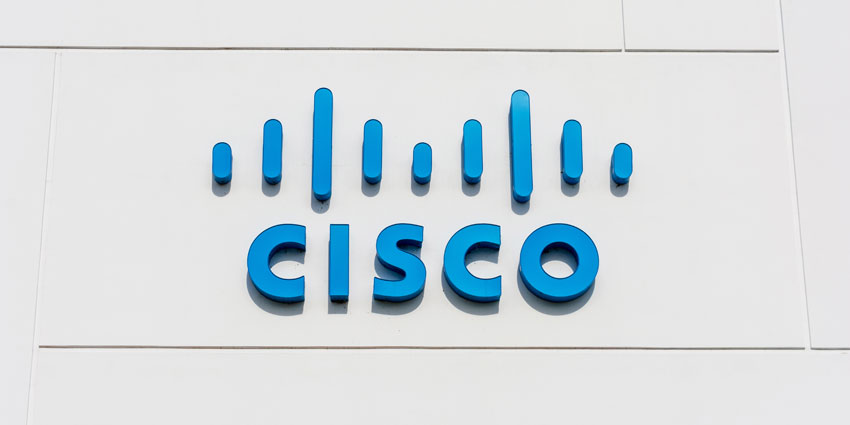In recent years, the contact center has evolved in a multitude of different ways. Consumers are interacting with companies on a broader range of channels, and their expectations are evolving.
Every consumer now wants streamlined, quick, and personalized service, no matter where they choose to connect with an organization. At the same time, agents and employees are becoming more distributed, adapting to the benefits of hybrid and remote work.
The transformation of the contact center has become a necessity to ensure continued productivity, and stronger customer relationships. But adding just another platform to the list of tools your employees use isn’t the solution.
Here’s your guide to the value, opportunities, and best practices of contact center integration.
Contact Center Integration Best Practices
Today, the average contact center agent uses at least 4 different tools to serve a customer, ranging from troubleshooting software, to CRM solutions.
In the past, aligning those tools into a single pane of glass environment was a complex process for business leaders, requiring in-depth coding knowledge. Now, thanks to Global Systems Integrators, and innovative CCaaS platforms, the integration process is becoming simpler. However, a successful outcome still requires a well-thought-out and strategic approach.
Some best practices to consider include:
- Assessment and planning: Before diving into the integration process, conduct a comprehensive assessment of your contact center’s goals and needs. Determine how you want to enhance your CX stack. What technologies are you currently using, and how do they fit into your overall plan for business growth?
- Choosing integration solutions: Select integration solutions that align with your specific goals and needs. Consider factors such as ease-of-use, scalability, and connectivity with existing systems. It’s also worth keeping an eye on emerging technologies.
- Data security and compliance: Protecting customer data is paramount. Ensure the integration solution you choose meets with all of the security and privacy regulations relevant to your industry. Implement access controls, encryption, and security audits
It’s also crucial to take a strategic approach to training and change management. Implementing new systems can be disruptive, so invest in empowering your staff with the right guidance. Ensure they’re comfortable with the new tools and processes you’ll be implementing.
Contact Center Integration Opportunities
While linking the contact center to a CRM (Customer Relationship Management) is a common first step for many organizations, it’s important to think about the wide range of solutions that can optimize your CX stack, such as:
- Workforce management and quality management tools
- Customer support, helpdesk, and ticketing tools
- Digital workplace platforms and collaboration apps
- Omnichannel customer engagement platforms
- Sales engagement platforms
- Single-sign-on and security tools
- Workflow automation software
- Marketing automation software
- Social media channels
Choosing the right integrations for your contact center doesn’t just streamline your technology stack and enhance productivity, it can also unlock various other benefits and opportunities, such as:
Enhanced customer experience
Providing exceptional, personalized, and convenient customer experiences is paramount in today’s world. Integrated systems give businesses a valuable 360-degree view of their customers, making it easier to deliver proactive, relevant, and efficient service. An integrated contact center helps agents identify pain points, preferences, and past interactions, driving tailored solutions.
Integrations help to streamline internal operations, minimizing manual processes and inefficiencies. With automation tools, companies can place routine tasks on auto-pilot, simplifying everything from call routing to data entry. This not only improves productivity, and gives agents more time to focus on more complex customer issues, it also minimizes the risk of errors.
“Many present-day personalization strategies still leverage siloed data for tactical customer segmentation. Yet, the brands that are ahead of the curve connect their teams, systems, and data to strategize around the individual” says Gurpreet Singh Kohli, Senior Vice President and Global Head of Telecom & Networks, HCLTech.
Data Insights
Contact center integrations align the various tools companies use to collect and manage data, opening the door to more powerful data analytics. Consolidating data from different systems makes it simpler to identify trends, monitor performance, and track customer behavior. These insights are invaluable for driving informed decisions in the business.
An example of one such powerful data analytics solution is predictive analytics – which Singh believes has immense potential in contact centers. He said:
“Contact centers have long leveraged AI to isolate customer journey improvement opportunities. Yet, with predictive analytics, they may also offer prescriptive next-best-actions to mitigate negative journeys and enhance experiences in real-time.”
Expanding Communication Options
Customer preferences are constantly evolving, and businesses need to adapt to offer the communication channels these customers want. Integrations allows organizations to expand their communication channels, to cover everything from chat, to social media and SMS. This means consumers have the freedom to choose the solution that suits them.
Choosing the Right Service Provider for Integrations
Unlocking the full power of contact center integrations means selecting not just the right tools and technologies, but the correct service providers to enable your transformation.
The following considerations should be made prior to selecting a global systems integrator (GSI) with the expertise and insights you need:
- Your current contact center environment: What technologies are you already using to power customer experience? Which solutions do you need to continue accessing, and what technologies should be combined together? What does your contact center architecture look like, and are there any specific challenges you need to overcome?
- Opportunities for evolution: Working with an effective GSI isn’t just a way to unify all of your disparate technologies. It can also open the door to transformation and innovation. Consider looking for partners who can help you take advantage of new and evolving technologies, from artificial intelligence, to automation.
- Essential requirements: Every contact center is different, with unique agent and customer needs to consider. Ask yourself what kind of specific uptime guarantees and support solutions you need. What risks do you need to overcome, and how much support do you need in terms of consulting, remote IT management, and onboarding?
- Data privacy: When aligning your contact center tools and CX services, it’s important to ensure essential data remains protected. Ensure your service provider can help you navigate the complex regulatory requirements of your industry and landscape. Look at the types of security solutions they can help you implement.
- Agent experience: Remember, the key to an effective integrated contact center solution is a streamlined and intuitive agent experience. The easier it is for your employees to leverage your tools, the more productive and efficient they’ll be. Choose a vendor who can help you implement convenient tools and train your agents for success.
Discovering the Power of Contact Center Integration
Integrations in the contact center have the power to transform your agent’s productivity, enhance your CX initiatives, and pave the way for rapid growth. However, it’s important to have the right plan and support in place to ensure success for your journey.
Leverage a GSI with a vendor agnostic view of the CCaaS landscape, as this will ensure they can objectively advise you on the right solutions for your business. Work with your service provider on technical requirement documentation, and shortlist vendors based on what works best for your business and ecosystem.
To learn more, please feel free to connect with the HCLTech team at: [email protected]







